First of all, in the work of perfecting the mechanism, the province has issued many policies to encourage businesses and organizations to invest in research, transfer and application of environmentally friendly technology, apply artificial intelligence in resource and environmental management, combine natural disaster prevention and mitigation and climate change adaptation. This creates a legal corridor for many models of production, recycling and use of renewable energy.

The province also applies the circular economy principle to many key industries. The coal, cement and thermal power plants are encouraged to modernize their processes, apply technology to treat and reuse ash, slag, wastewater and mine waste rock. Directing the construction and completion of the Master Plan to ensure the source of landfill materials in the province until 2025, with a vision to 2030, as a basis to solve the difficulties in landfill materials for projects. The utilization of waste materials, ash and slag as landfill materials has been strictly managed, reducing the exploitation of natural hills and saving rock and soil resources, which are scarce in many areas. From 2023 to now, the Coal industry has transferred about 6.75 million m³ of mine waste rock and soil to infrastructure construction units for socio-economic development.
In parallel with utilizing materials, the province also conducts a basic investigation into the potential of renewable energy sources, especially sources such as: Wind, energy, solar, tides, waste (industrial, domestic) as a premise for developing alternative energy sources in the future. Typical examples include onshore wind power with 5 Quang Ninh wind power plants with a total capacity of 400 MW and other wind power plants. Or offshore wind power with a capacity of 4,000 MW; Quang Ninh biomass power with a capacity of 40 MW; concentrated solar power in some lakes with a total capacity of 390 MW; rooftop solar power with 1,502 MW...

The promotion of circular economy and renewable energy also applies to urban life, from transportation. Quang Ninh has strongly developed electric vehicles with 1,200 electric taxis, 235 electric cars in restricted areas and 383 electric cars operating on islands and border gate areas; 41 charging stations have been put into operation and 20 more charging stations are being invested in. The whole province also has 6 bus routes with 123 vehicles serving public transportation. The urban lighting system has been converted with 65,353 LED lights using solar energy... This helps save electricity and reduce emissions.
Circular economy in the province is also promoted in the fields of waste management, agriculture - aquaculture and community livelihoods. The model of treating organic waste at households using microbiological products is piloted to encourage waste classification at the source, composting organic fertilizer to supply agricultural production. Programs to restore aquatic resources, re-stocking (about 6.6 million juveniles per year) and measures to control IUU exploitation, promote environmentally friendly aquaculture... contribute to ensuring sustainable livelihoods for fishermen and maintaining marine resources.
To ensure transparency and effectiveness of resource-saving policies, inspection, examination and handling of violations in the field of natural resources and environment have been strengthened.
With these steps, practicing savings by promoting circular economy and developing renewable energy in Quang Ninh is gradually permeating into the production, management and daily activities of units, businesses and people in the area; contributing to building a green, sustainable and economical economy for the future of the province.
Source: https://baoquangninh.vn/thuc-hanh-tieu-kiem-tu-kinh-te-tuan-hoan-va-nang-luong-tai-tao-3385193.html




![[Photo] Lam Dong: Panoramic view of Lien Khuong waterfall rolling like never before](/_next/image?url=https%3A%2F%2Fvphoto.vietnam.vn%2Fthumb%2F1200x675%2Fvietnam%2Fresource%2FIMAGE%2F2025%2F11%2F20%2F1763633331783_lk7-jpg.webp&w=3840&q=75)

![[Photo] President Luong Cuong receives President of the Senate of the Czech Republic Milos Vystrcil](/_next/image?url=https%3A%2F%2Fvphoto.vietnam.vn%2Fthumb%2F1200x675%2Fvietnam%2Fresource%2FIMAGE%2F2025%2F11%2F20%2F1763629737266_ndo_br_1-jpg.webp&w=3840&q=75)
![[Photo] National Assembly Chairman Tran Thanh Man holds talks with South Korean National Assembly Chairman Woo Won Shik](/_next/image?url=https%3A%2F%2Fvphoto.vietnam.vn%2Fthumb%2F1200x675%2Fvietnam%2Fresource%2FIMAGE%2F2025%2F11%2F20%2F1763629724919_hq-5175-jpg.webp&w=3840&q=75)




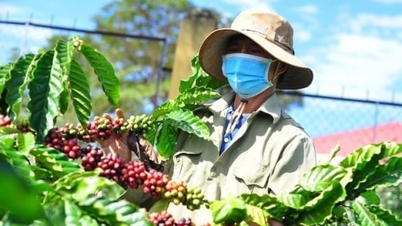

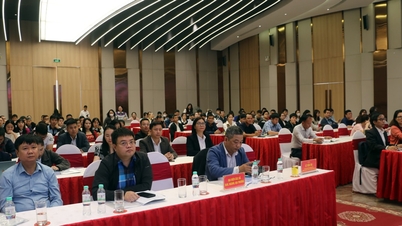

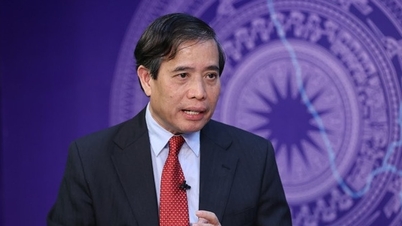

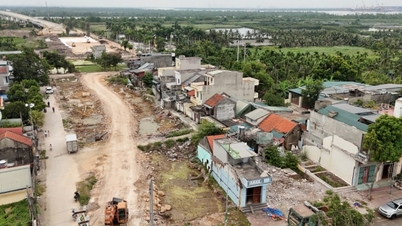
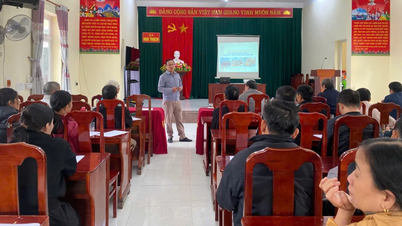



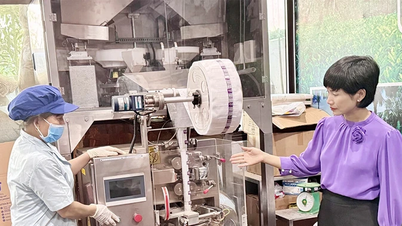










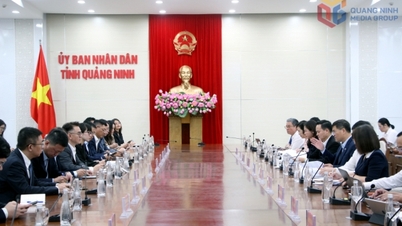

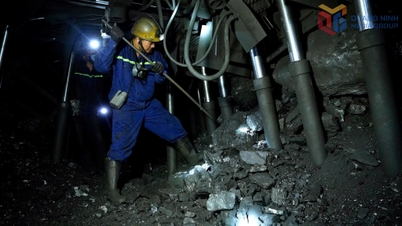
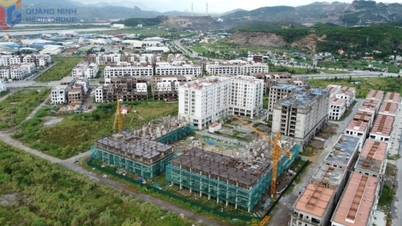




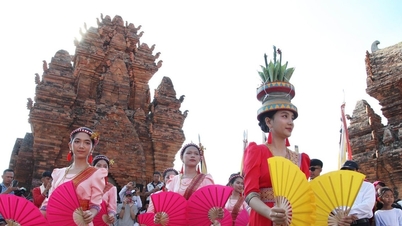

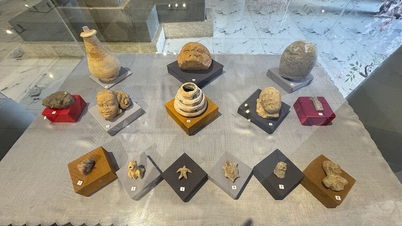












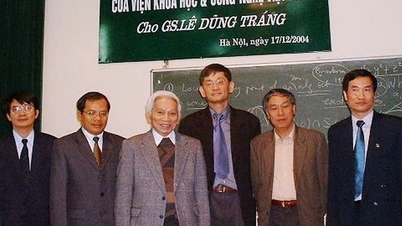







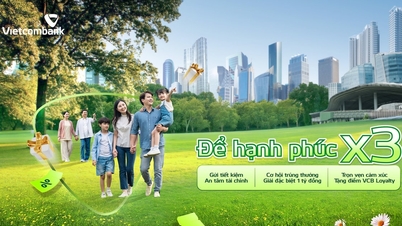







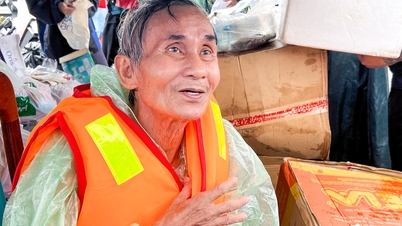
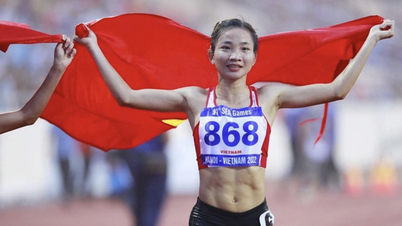
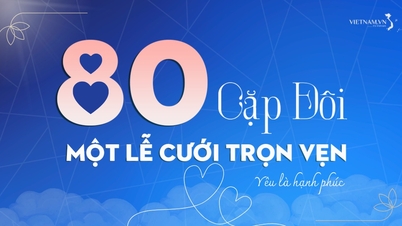


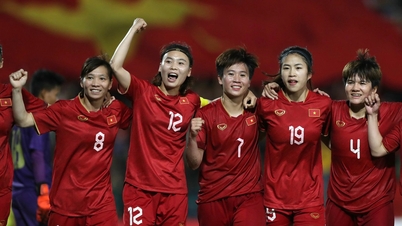



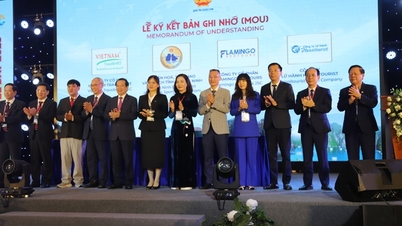






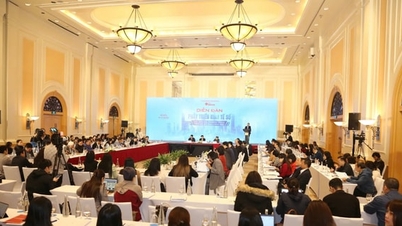
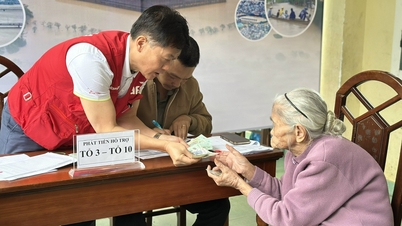

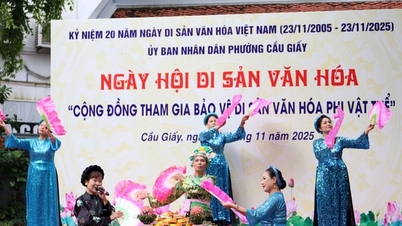

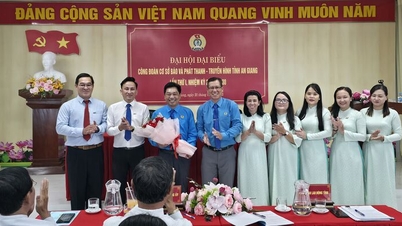












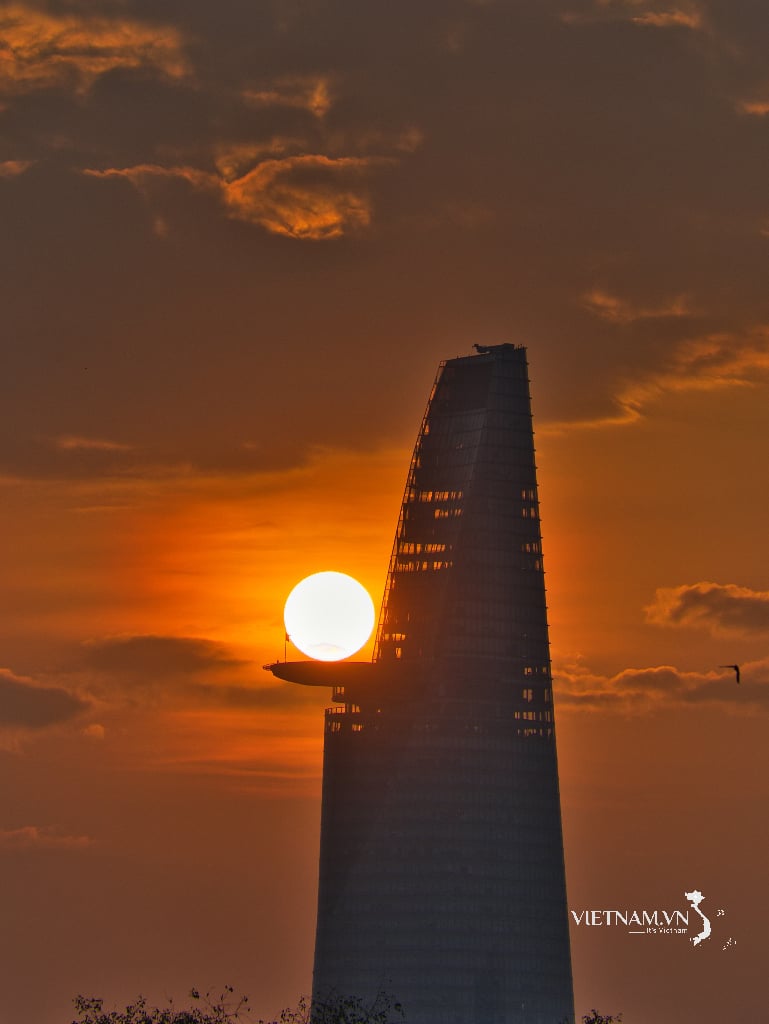
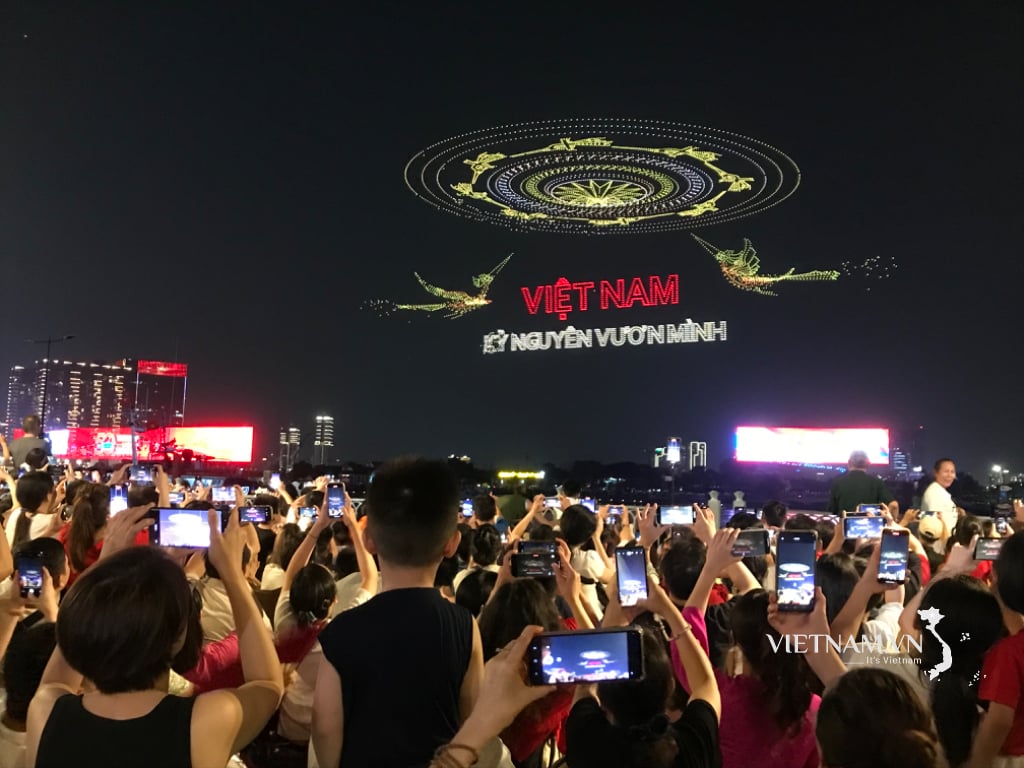
Comment (0)